From Tokyo to Seoul by sea: the ultimate cruise itinerary
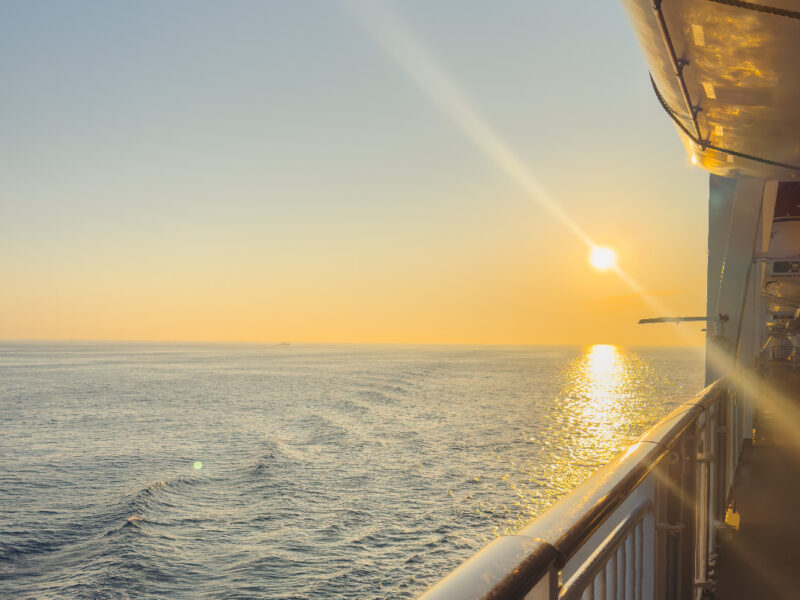
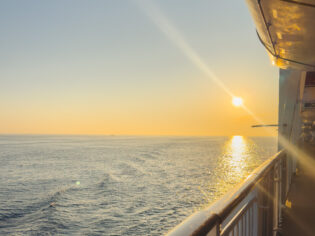
Watch the sunset onboard Norwegian Spirit. (Image: Emily Murphy)
From Fuji’s elusive peaks to Jeju’s ancient traditions, this slow cruise through Japan and South Korea unveils culture in vivid detail and a rhythm that’s easy to fall into.
I’d never been on a cruise before. In fact, I wasn’t sure I’d like it. I’d imagined buffets, bingo and crowds. What I found instead was something entirely different: a drifting, dream-like thread sewing Japan to South Korea without the usual stress of travel. It was a trip that unfolded like a story, one port at a time.
Sailing onboard Norwegian Spirit for 10 nights from Tokyo to Seoul, I quickly learned that cruising isn’t about being limited to a ship, it’s about what the ship gives you: time, variety, comfort and, in this case, access to some of the most fascinating parts of Asia.
Setting sail and settling into life at sea
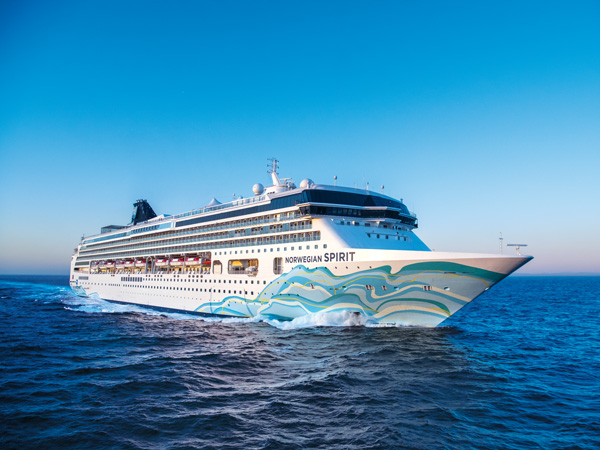
Set sail from Japan to Seoul onboard Norwegian Spirit. (Image: Tim Faircloth)
The ship’s atrium glowed like liquid amber as my friend and I stepped aboard in Tokyo. We set sail in the late afternoon, our Balcony Stateroom on Deck 9 giving us front-row seats to the city slipping away behind us. I sipped my first Moscow Mule (thank you, More at Sea package) and watched the skyline melt into the horizon.
That first night, we tested the water at Taste, one of the complimentary main dining rooms. A waiter in crisp whites suggested a New York strip steak that landed, charred and buttery, beneath lamps low enough for intimacy. Afterwards, we wandered the decks like wild cats at twilight, cocktails in hand. The sound of flutes tinkling drifted from Magnum’s Champagne & Wine Bar, while darts thudded into cork at Henry’s Pub. By the time I returned to my room, land had officially disappeared into darkness, and I felt the subtle rumble of freedom below my feet.
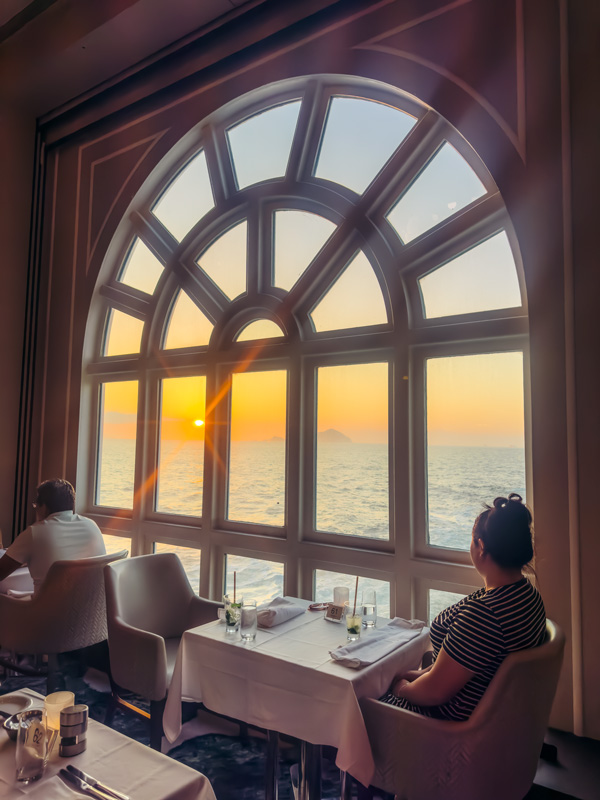
Enjoy ocean views from the onboard restaurant, Windows. (Image: Emily Murphy)
Mornings settled into a gentle cadence. Andrea Reyla, the barista at the Atrium Cafe, learned our order by the second day – two iced lattes, with an extra shot for me and a dash of vanilla for my friend – and slid it across the marble with a grin that could cut through fog. Coffee in hand, we drifted aft to Windows, the ship’s second complimentary dining room, where sunrise poured through wall-sized windows and eggs Benedict arrived under a whisper of lemony hollandaise.
From Shizuoka’s sencha fields to onboard sing-alongs
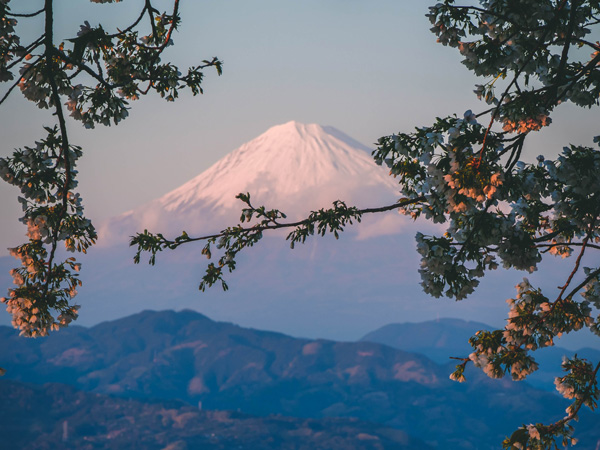
Catch a glimpse of majestic Mt Fuji. (Image: Getty Images/Kiatthaworn_Khorthawornwong)
Our first stop was Shimizu, the port city for Mt Fuji. Locals say Fuji-san decides whether you may see her. She was coy that morning, hiding behind thick clouds as our wonderful guide, Tanaka ‘Miya’ Miyako, wove tales of the hydrangea-lined rivers of Shizuoka, sencha fields and spider crabs big enough to haunt our dreams. We stood on the octagonal Nihondaira Yume Terrace, watching white mist billow where a mountain should be and laughed at the theatre of it all. Only at sail-away did Fuji reveal herself briefly, wearing her distinct white cap.
Back onboard, the Atrium had been transformed into the Deal or No Deal set. A lady was summoned to choose briefcases; the rest of us clutched scratch cards, willing the numbers on screen to match the ones in our hands. I managed to have the most matching briefcases and won a $US50 onboard credit, which went to good use.
Later that night ,Blazing Boots stomped onto the same stage, turning country classics into a glitter bomb of sequins and sass – Jolene, This Kiss and Man! I Feel Like a Woman had me tipsily singing along.
Exploring Kōbe’s culture and cuisine
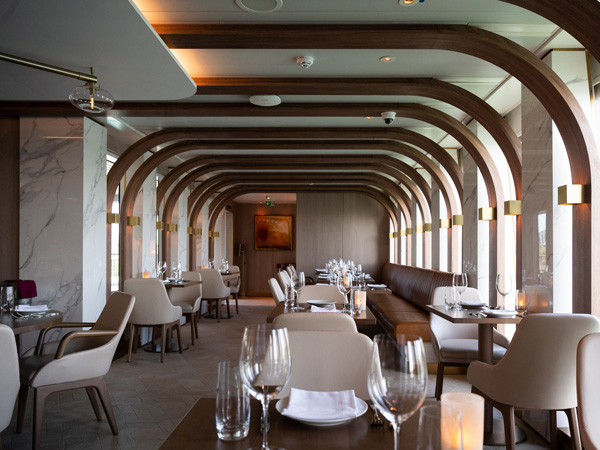
Tuck into Italian at onboard restaurant, Onda by Scarpetta. (Image: Esteban La Tessa)
Kōbe has lived through the devastation of the Great Hanshin Earthquake in 1995 and rebuilt itself with care. We visited the Earthquake Memorial before an alleyway izakaya gifted us Kōbe beef so tender, it parted like silk under my chopsticks.
Back onboard, we traded the ship’s sea spray for a taste of the Amalfi Coast at Onda by Scarpetta. The moment I stepped through the arched entrance, the lighting dipped to a candlelit amber, olive-green banquettes curving around marble tables like sheltered coves.
A waiter placed down yellowtail crudo with olio di zenzero and pickled red onion, and followed with the pappardelle bolognese: silky house-made pasta twirled around tasty morsels of beef, pork and veal. Between bites, I let my fork idle just to savour the soundtrack of low laughter, clinking glasses and the distant metronome of waves against the hull, proof that even in the middle of the ocean, la dolce vita can find you.
Night brought illusionist Jeremy Tan, who spent an hour rearranging what I thought I knew about logic. We left in awe, trying to figure out how he’d just done that.
Climbing castles in Kōchi
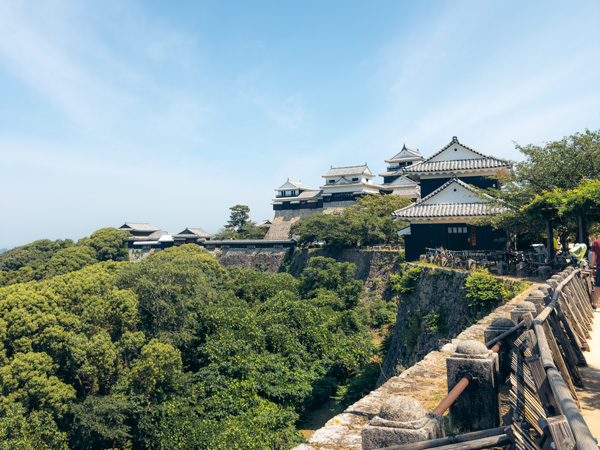
Take an Iconic Matsuyama shore excursion to visit ancient castles. (Image: Emily Murphy)
In Kōchi, we climbed the steep stone staircases of the 17th-century castle, perspiration rewarded by views rolling to the sea. Down in the city, a bowl of tsukemen in an open-air restaurant near Hirome Market was my reward. The black garlic oil in the broth clung to the noodles just enough to make it messy in the best possible way.
In Matsuyama, we joined the Iconic Matsuyama shore excursion, catching a ropeway up to the castle and a chairlift down. We noticed the shachihoko (mythical tiger-headed fish) ornaments guarding the roof tiles in both Kōchi and Matsuyama and learned they are thought to protect against fire. It was an unexpected flourish that fit perfectly with a journey stitched together by delightful surprises.
Back onboard, we dined at Cagney’s Steakhouse, Norwegian Cruise Line’s signature steakhouse. The portions were generous, the wine excellent, and the whole experience surprisingly unpretentious.
The steaming hot springs of Beppu
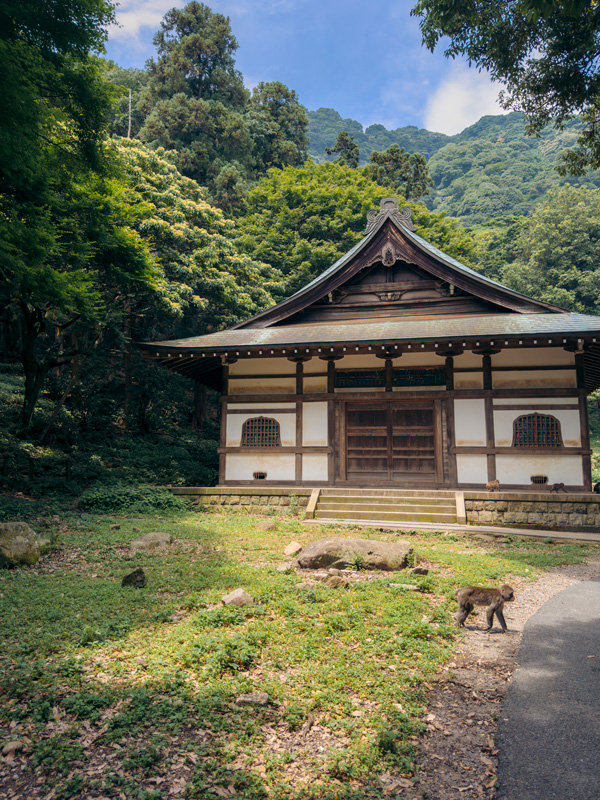
Spot wild macaques at Takasakiyama Monkey Park. (Image: Emily Murphy)
Our shore excursion in Beppu was led by Fumiko ‘Fumi’ Kimura, a guide who clearly loved her hometown. Fumi took us to Takasakiyama, home to a monkey reserve where we watched the latest boss of the troop (a female, of course) protect her newborn with casual authority. We learned about Beppu’s geothermal roots and visited its steamy ‘hells’ – surreal, bubbling hot springs that were a highlight of the trip.
Later that night, we dined at Le Bistro where I started with escargots à la bourguignonne, followed by sole grenobloise – my favourite dish onboard – and a poached pear in spiced wine. Jeremy Tan also returned with a second show, spinning card tricks into tiny stories of serendipity that had the entire audience gasping and giggling.
A visit to South Korea’s largest island
Jeju Island was a revelation. It’s South Korea’s largest island, but it feels like a world of its own. Leading the way was the charismatic, knowledgeable Park Hung Sik, or Peter Park, the first male English-speaking guide on Jeju. “Like Spider-Man,” he told us.
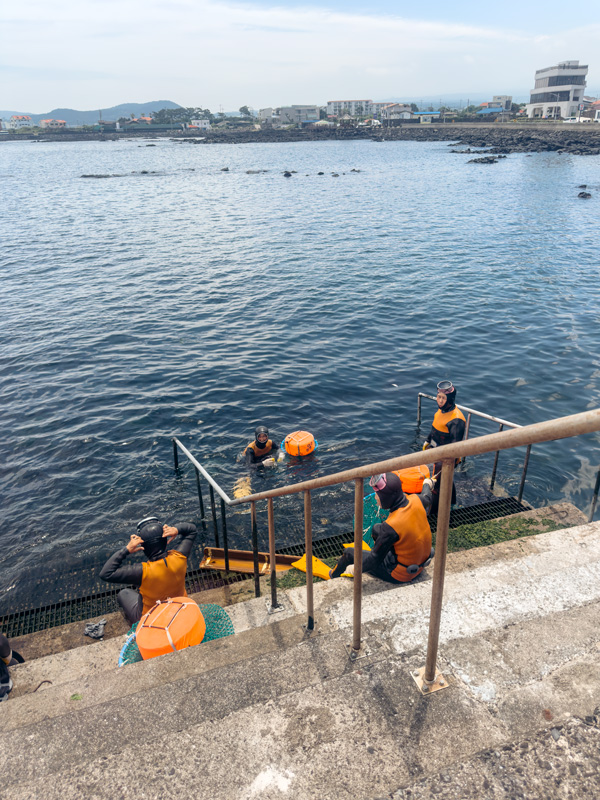
Meet the haenyeo of Jeju Island. (Image: Emily Murphy)
Park spoke of haenyeo, the women, such as his mum, who historically used to dive naked for abalone and sea urchin. These days, the women wear wetsuits. At the Spirited Garden, we strolled beneath ancient trees and learned about its creator, Seong Beom-yeong, who built it from barren land over decades. A monument to patience.
Back onboard, my final specialty dinner was at Teppanyaki. Our chef cracked jokes, tossed the food and cooked everything in front of us. We cheered, clapped and ate. It was dinner and a show that continued at Ignite the Night, a vocal extravaganza that swerved from Motown to Broadway. The energy spilled straight into Dancing Through the Decades at Spinnaker Lounge – a musical time warp from 1950s swing to Y2K boy-band bops.
Farewelling the ultimate holiday at sea
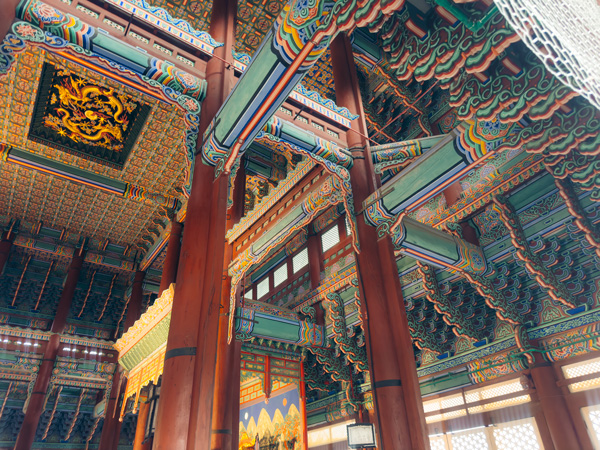
Visit landmarks like Changgyeonggung Palace in Seoul. (Image: Emily Murphy)
Incheon was our final port. And while it’s technically the gateway to Seoul, the two are separated by more than an hour’s drive. We opted to stay local, shopping for snail-mucin serums and popular Korean skincare before finally making our way into Seoul the next day.
Disembarking was bittersweet. I’d fallen into a rhythm – morning coffees on the balcony, shore excursions rich with context, casual evenings watching live music in the Spinnaker Lounge. The beauty of sailing Asia with NCL is in having the comfort of a floating home combined with real immersion on land. Cruising, I learned, isn’t about being confined; it’s about being carried.
Norwegian Spirit carried me through a kaleidoscope of experiences – each stop had its own heartbeat, its own story. I wasn’t just checking off ports – I was stepping into moments, led by people who live and breathe the places they show us. This cruise wasn’t about indulgence (though there was plenty of that). It was about access. It let me visit multiple destinations without ever unpacking. Would I cruise again? Absolutely. Though next time I’ll arrive without the bingo stereotypes.
Need to know
The onboard currency is US dollars, and power outlets are North American-style. Onshore, you’ll use Japanese yen and South Korean won, so it pays to come prepared with local currency.
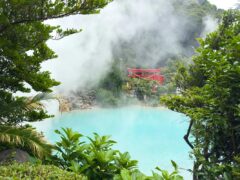
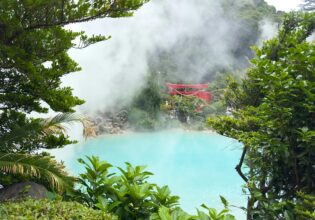
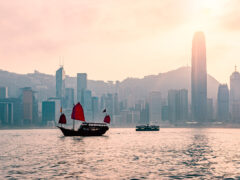
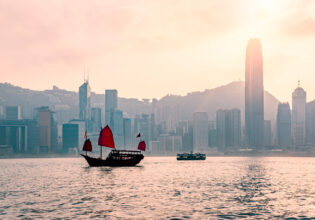

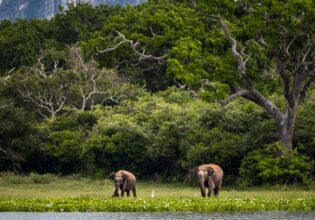
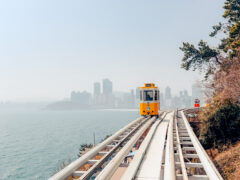
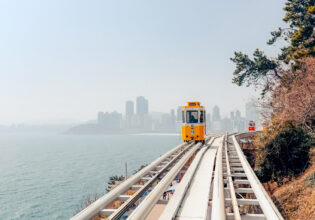
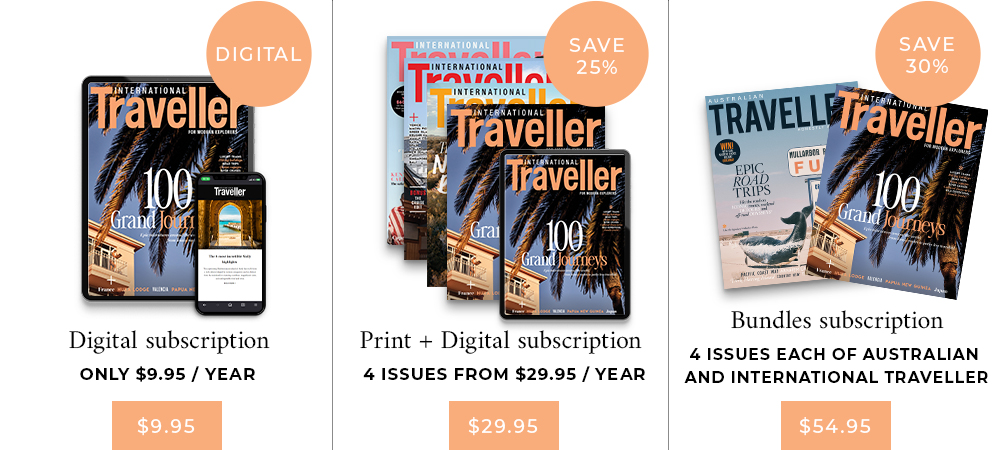

LEAVE YOUR COMMENT